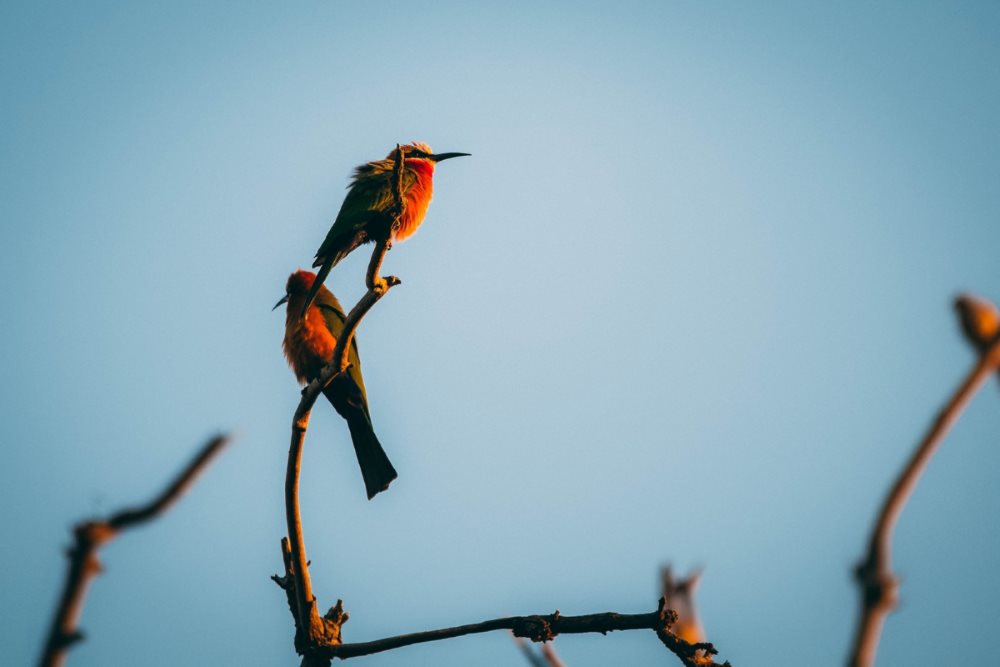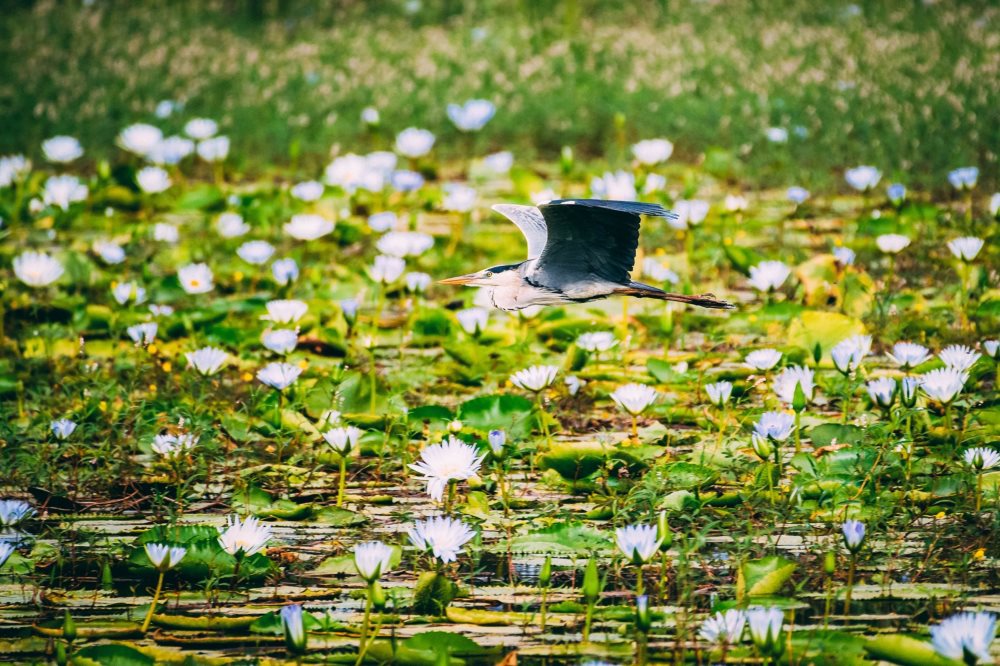A recent research study by Yale University and the University of Grenoble has highlighted the significant gains that can be made in global biodiversity if an additional 5% of land is set aside for species protection.
This new study indicated that such an effort could triple the protected range of those species and safeguard their functional diversity. The findings underscore the need to look beyond species numbers when developing conservation strategies, the researchers said.

Bee-eaters warming up in the early morning sun in South Africa. © Kirstin Scholtz
“Biodiversity conservation has mostly focused on species, but some species may offer much more critical or unique functions or evolutionary heritage than others — something current conservation planning does not readily address,” said Walter Jetz, a Yale associate professor of ecology and evolutionary biology, and director of the Yale Centre for Biodiversity and Global Change.
“We show that a direct consideration of these other biodiversity facets identifies different regions as high-priority for conservation than a focus on species does, and more effectively safeguards functions or evolutionary heritage,” Jetz said. “We find that through the smart placement of conservation areas, strong gains in the conservation of the multiple facets of biodiversity facets are possible.”
One of the key findings of the research was that 26% of the world’s bird and mammal species are not reliably included in protected areas. The outlook for filling gaps in bird and mammal diversity could improve dramatically by expanding the areas currently managed for conservation. They estimate that a carefully prepared 5% increase in conservation area would allow a dramatically improved capture of bird and mammal biodiversity facets; an approach focused on species numbers alone would be much less optimal, the researchers said.

Grey heron in flight. © Kirstin Scholtz
“Given the current biodiversity crisis, these results are encouraging because they show big conservation gains are possible for aspects of biodiversity that might otherwise be overlooked in conservation plans,” Pollock said, one author of the report from the University of Grenoble. “This biodiversity is key to retaining the tree of life or functioning ecosystems, which nicely fits declared international policy goals. This approach can be updated and refined as the world’s biodiversity becomes better understood, catalogued, and documented.”
Read more about the recently announced WildArk 100 research that will look at the top 100 umbrella species: http://wildarkorg.wpengine.com/blog/wildark-100-research-study/
References:
Laura J. Pollock, Wilfried Thuiller, Walter Jetz. Large conservation gains possible for global biodiversity facets. Nature, 2017; DOI: 10.1038/nature22368
